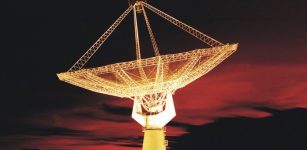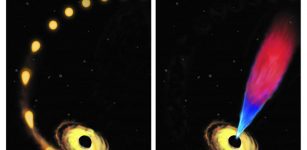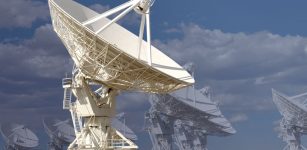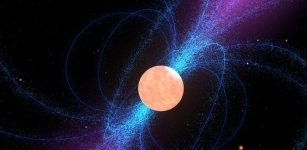Gas Giant Puffy Planet With Extraordinarily Thick Atmosphere Discovered
MessageToEagle.com – A new gigantic planet that has the density of styrofoam was recently found by astronomers.
The planet, officially called as KELT-11b, is orbiting very close to its host star in an orbit that lasts less than five days.The star is located 320 light years from Earth and is extremely bright.
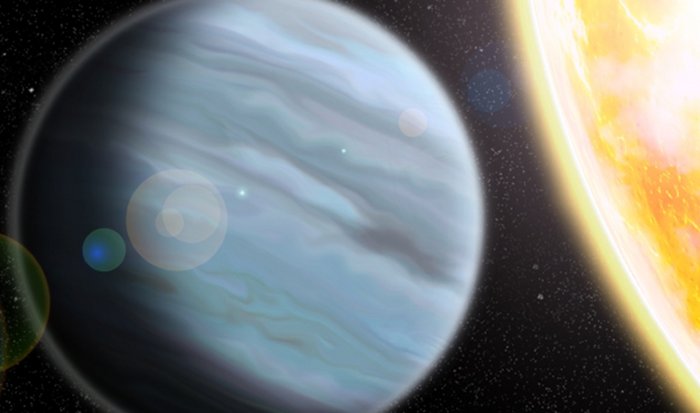
“It is highly inflated, so that while it’s only a fifth as massive as Jupiter, it is nearly 40 percent larger, making it about as dense as styrofoam, with an extraordinarily thick atmosphere,” says Joshua Pepper, a professor at Lehigh University who conducted the study together with his colleagues at Vanderbilt University, Ohio State University, as well as academics and amateurs from around the world.
The star, KELT-11, has started using up its nuclear fuel and is evolving into a red giant, so the “puffed-up” planet KELT-11b will be engulfed by its star and will not survive the next hundred million years.
While inflated giant planets have been known for more than 15 years, their existence is still not explained.
“Puffy planets” were discovered earlier.

One such planet, a Jupiter-size gas giant light as styrofoam was discovered in 2010. Named Kepler-7b, the planet is about as dense as polystyrene. It is approximately 1.5 times as wide as Jupiter, but only about a tenth as dense, making it one of the most diffuse planets yet found.
See also:
Unknown Giant Planet Responsible For Mysterious Eclipses In The Orion Constellation
Mystery Of Planet V – Was There Once A 5th Planet Between Mars And The Asteroid Belt?
DeeDee – Giant Object Discovered Lurking At The Edge Of Our Solar System
Heat is believed to have caused this bloating, but the heating mechanism is not yet understood – it might be stellar radiation, gravitational tugs from the star, or something else.
The “puffy planet” KELT-11b can become a good object for studying the atmosphere of extrasolar planets.
According to Pepper, “the planet’s host star is extremely bright, allowing precise measurement of the planet’s atmospheric properties and making it “an excellent system for measuring the atmospheres of other planets,” Pepper said in a press release. Such observations help astronomers develop tools to see the types of gases in atmospheres, which will be necessary in the next 10 years when they apply similar techniques to exoplanets with next-generation telescopes now under construction.
MessageToEagle.com



